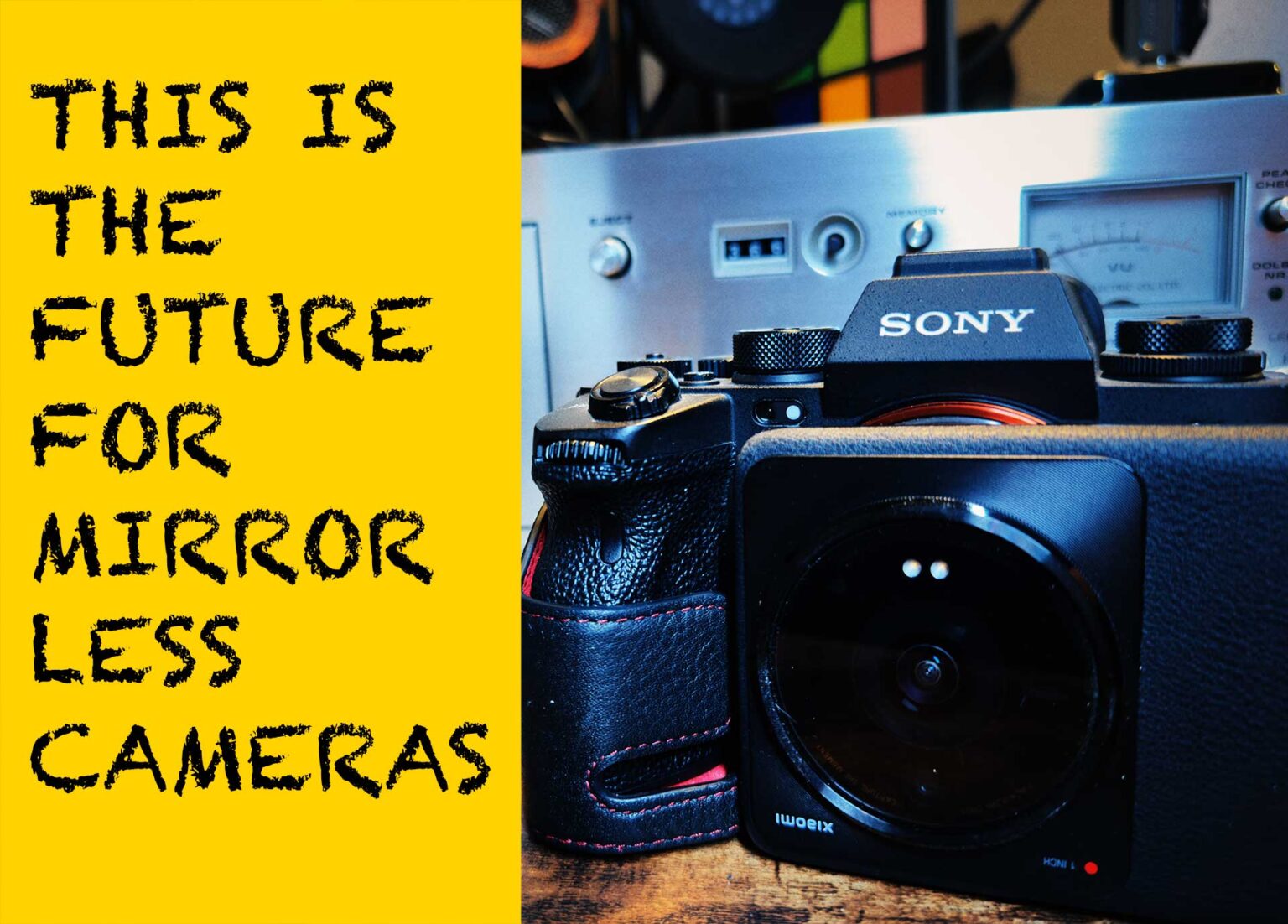
The camera industry needs to pull the plug on full frame cameras and lenses.
And I want to help them do so.
Real optics are on the way out – they’re on the way to become a niche for purists like vinyl. The full frame sensor, demanding the most expensive glass, is an albatross. It isn’t going to cut it 10 years from now.
At the same time the smartphone form factor has peaked, it doesn’t compete with a mirrorless camera for physical controls, and it goes without saying that they lack the most fundamental features of a camera. Such as a viewfinder (EVF).
I have had direct experience of over 340 cameras in my time as a filmmaker, photographer and reviewer at EOSHD and briefly DPReview. I have seen the writing on the wall for a while. AI, depth maps, lens arrays, and the ever-increasing capabilities of flagship 1″ sensors in smartphones. I am tired of a camera bag with £10,000 of fragile glass. The time has come for these to be entirely software rendered and AI generated.
The look will be the same, the soul of a Canon Dream Lens will be implanted into the ROM of the camera.
The flexibility will be much greater – changing the F-stop afterwards just one example.
But before you say well “smartphones already do this” – no. They are not proper dedicated cameras and never will be until they adopt the form factor of one.
That’s why the future is for the full frame sensor to go away, for the traditional optic to go away with it, and for the Sony a1 body to feature a lens and sensor array like a flagship phone does, at the same time as maintaining the exact same powerful manual physical controls, LCD and viewfinder of a flagship mirrorless camera.
It doesn’t cut it just using a smartphone with a silly grip or cage.
It needs to become a proper camera and the way to do this is to merge the two concepts.
I want to throw my hat in the ring as a consultant.
Any camera or smartphone company, be it Samsung, Xiaomi, Sony, Panasonic or Fuji that wants to make the first step into the future and dominate the market should get in touch with me.
This concept of camera is worth billions in future revenue, but it needs to be done right and according to the needs of the professional.
Yes it will take time – a lot more development is needed on the generative AI side for it to take a simple depth map and make it perfect, inseparable from a real full frame prime lens – and a lot more pixel quality and resolution is needed from the sensor that sits behind an 85mm telephoto module, to make a 70-200mm F2.8L replica truly professional level. There’s also work to be done to turn this partially generative, processed image into a format that resembles RAW sensor data from a traditional camera.
Once this is done, and most important is done right – we can bid farewell to our heavy and expensive bag of glass that keeps having to be swapped and changed during a shoot.
Adios!




